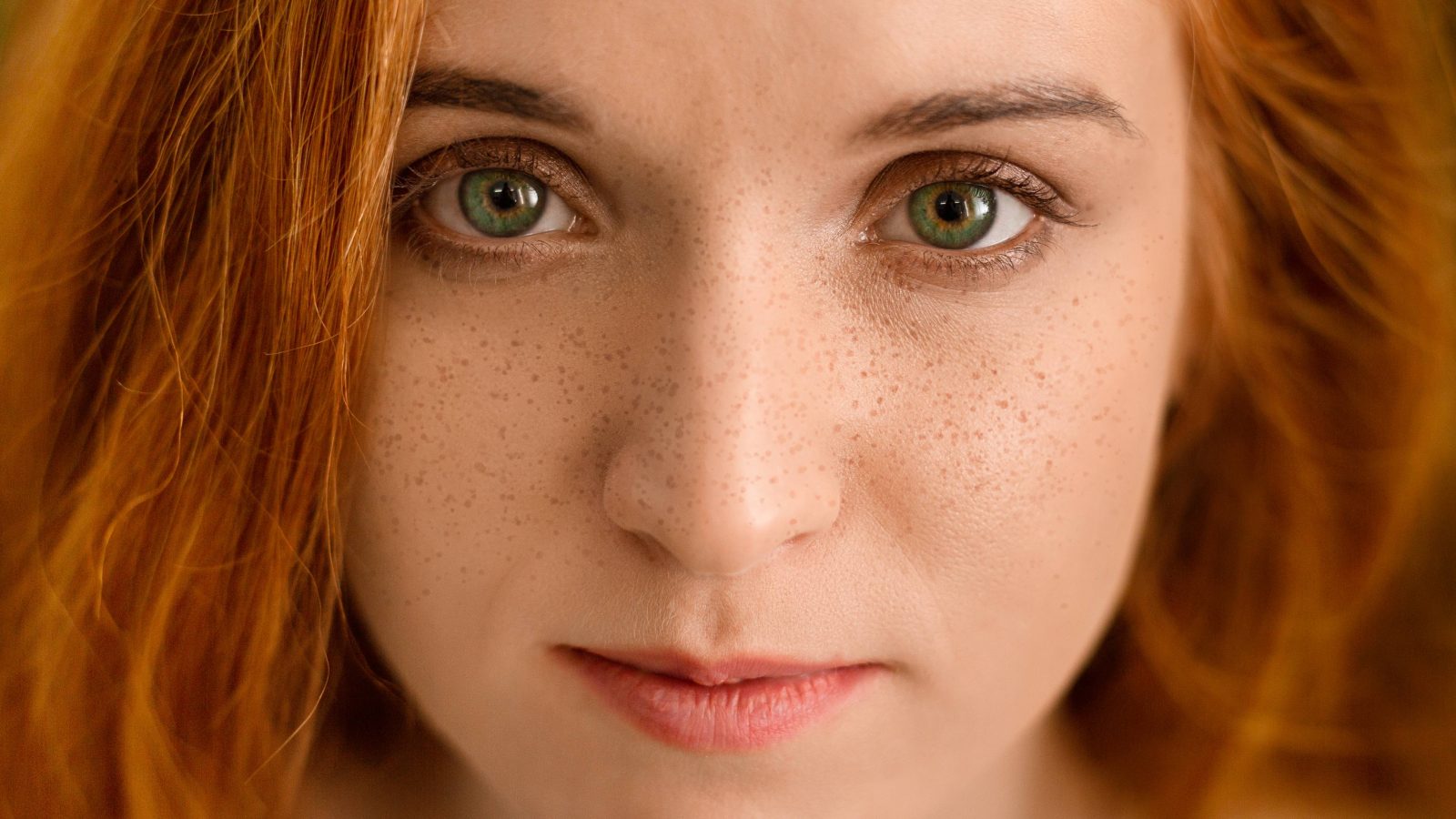
Dark spots on the skin (hyperpigmentation) can be very different from each other and how to address them varies. However, let’s start from the beginning. All in all, it goes down to the types of pigmentation on the skin and how they differ from each other. Not only it’s important where dark spots are located, but also (and mainly) what caused them. Let’s dabble into the main differences between the most significant causes of dark spots: melasma, post-inflammatory hyperpigmentation, freckles, liver spots, and birthmarks.
Types of Pigmentation
Melasma
Melasma is extremely common and can be very upsetting for those who have it. It usually presents as well-defined brown spots on the center of the face, jawline, or forearms. This condition is extremely common in women, who actually make up around 90% of the melasma sufferers. This is no surprise when we consider the most predominant cause: hormones. In fact, pregnancy and oral contraceptives are the two most linked triggers of melasma. Additionally, sun exposure is extremely relevant to the onset of melasma.
So, what can one do? Melasma is progressive and treatments must be maintained indefinitely to achieve results. The most important thing you can do is to use sunscreen with at least SPF30. In fact, there are some sunscreens that will help fade dark spots, giving you an extra boost, but you will also need to see a dermatologist. There, you may be prescribed medication to apply, chemical peels, light or laser therapy. After seeing the doctor, there are some ingredients that will help you reduce dark spots, but always keep in mind that you will have to always use them.
Post-Inflammatory Hyperpigmentation
This is one of the most common types of pigmentation, and just as the name indicates they are related to inflammation. These dark spots are irregular, brownish-tinted, and appear in places where you’ve had inflammation or injuries. These are also the ones that appear after acne lesions fade away, even if you haven’t touched them. This is because the inflammation process also triggers pigment production, especially on dark skin. The good news are that this type of hyperpigmentation fades more easily than melasma. You can help it by slathering on some great sunscreens with at least SPF30 and using some ingredients that are known to work. The primary one for this is azelaic acid, but you can also check out retinol and peelings.
Besides acne, there are a few other skin conditions that can trigger these dark spots. Namely, eczema, lichen planus, and psoriasis. Please always make sure to consult your dermatologist before starting any depigmenting ingredient in your routine if you suffer from any of these.
Liver Spots (Solar Lentigines)
These yellow dark spots are extremely common on old people. They show up especially on the hands, face, forearms, chest, back, and shins. All in all, places that were repeatedly exposed to sun radiation throughout the years. These dark spots can be managed by a dermatologist by using topical meds, chemical peels, IPL, laser or cryotherapy. However, please keep in mind to always have a biopsy done if you notice any lesions compatible with melanoma or if you have pain or itching.
Lastly, keep in mind that the best course of action against solar lentigines is prevention. You can manage this by regularly applying sunscreen and using antioxidants such as vitamin C.
Freckles (Ephelides)
There are some types of pigmentation that you don’t have to sort out, and this is one of them. Freckles should be addressed like moles: don’t try to remove them by yourself. They are small yellow/light brown spots that tend to show up more with sun exposure. Usually, they tend to fade away (sometimes completely) during the winter months. This means that if you want them to show up less, you should always use sun protection.
Check out all the products that you can use to reduce hyperpigmentation and dark spots on our website.
Pharmacy Technician & Beauty Writer


